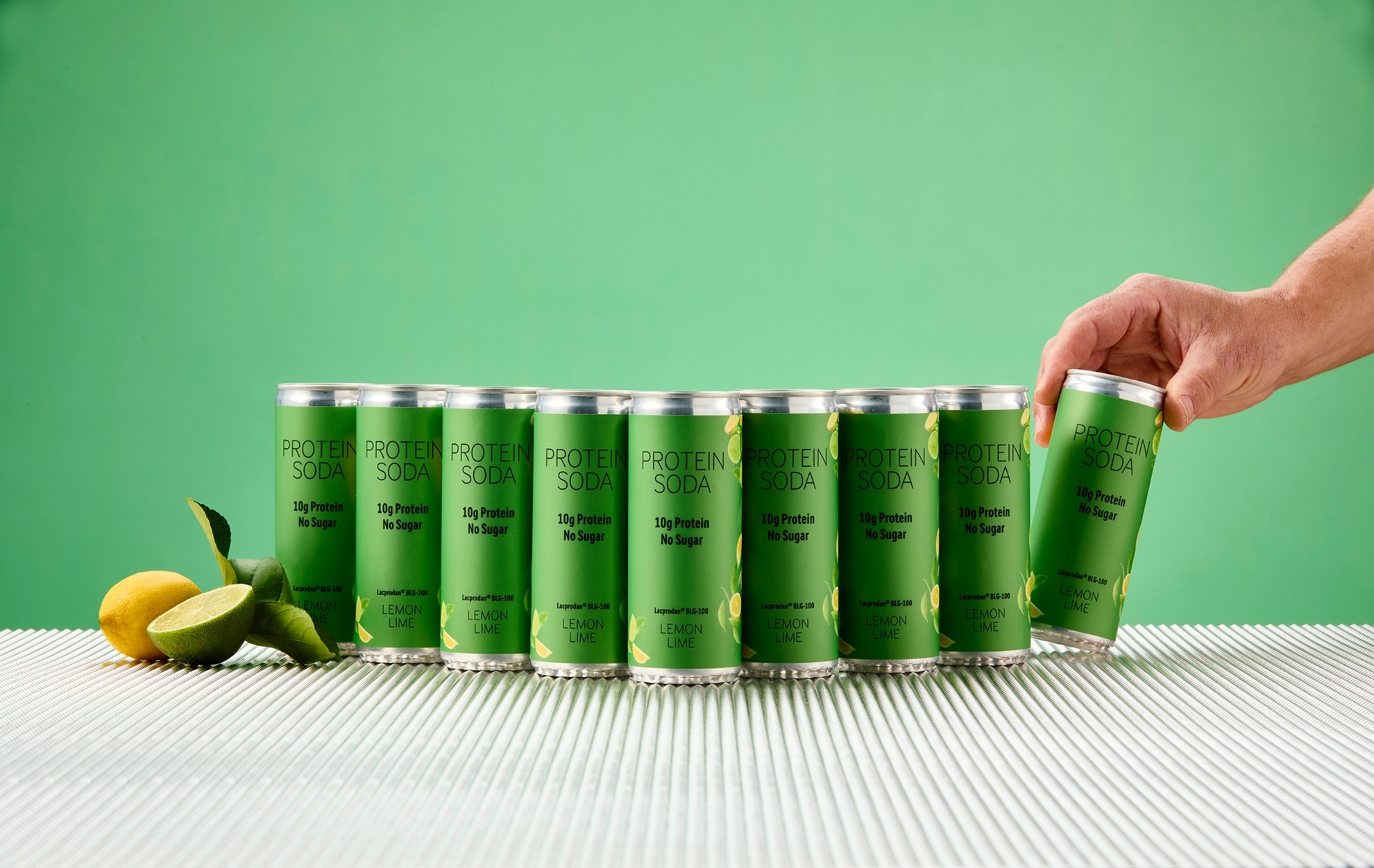XO Sauce
XO sauce started in Hong Kong in the 1970s or 1980s. The name "XO" refers to "extra-old" cognac, a symbol of luxury in Hong Kong, though the sauce contains no alcohol. The name reflects the pricey ingredients used. Some say the sauce was created by Sun Tung Lok restaurants, while others believe it was invented in 1986 at Spring Moon restaurant in The Peninsula Hotel.
This Cantonese condiment often includes dried scallops, shrimp, red chillies, garlic, and ginger, with some recipes adding dry-cured Chinese ham. It's mildly spicy, smoky, and savoury. It pairs well with plain dishes like steamed fish, noodles, and dim sum (like radish cake and rice rolls), or as a seasoning for vegetables and meat braises.
Chinese and Japanese Soy Sauce
Soy sauce originated in China around 2,200 years ago. Early recipes show it came from "Jiang," a fermented soybean paste often mixed with meat, millet, and salt.
Different countries offer different types: China's light and dark soy sauce, Hong Kong's sweet soy, Japan's shoyu, Korea's ganjang, Taiwan's soy sauce, and Indonesia's sweet kecap manis. All are made from fermented soybeans, wheat, yeast, and salt.
Light soy is thinner and saltier, great for general cooking, while dark soy is thicker and often includes caramel or molasses, giving colour and depth to dishes. Japanese soy sauce (shoyu) has a milder, sweeter flavour thanks to equal parts soy and wheat, and a longer brewing time. Tamari is a gluten-free alternative made from miso without wheat.
Sweet Chilli Sauce
Popular worldwide but especially known in Thailand, sweet chilli sauce is believed to have Thai origins (though opinions vary). It's made with red chillies, sugar or honey, rice vinegar, and sometimes garlic or fish sauce. Cornstarch thickens it into a perfect dip for crispy dishes like spring rolls or chicken wings. It also works well as a stir-fry glaze.
Oyster Sauce
Legend says oyster sauce was discovered by accident in 1888 by Lee Kum Sheung, who left a pot of oyster soup on the stove overnight. The resulting thick, brown sauce became what we now know as oyster sauce.
Rich and full of umami, it's ideal for stir-fries, stews, and dips. Lee Kum Kee, a leading brand, sells an "original" version with about 40% oyster extract and a "panda" version with only 11%. The more extract, the stronger the flavour.
Hoisin Sauce
Though "hoisin" means "seafood" in Cantonese, this thick, sweet, and savoury sauce doesn't actually contain any seafood. It's a staple in Cantonese cooking, especially in dishes like char siu (barbecue pork) and as a dip for Peking duck or Vietnamese pho.
Made from fermented soybean paste, hoisin also contains cornstarch or sweet potato powder for thickness, along with sugar, vinegar, garlic, sesame paste, and spices. Although online recipes may list peanut butter, authentic hoisin has no peanuts.
Chinese Black Bean Sauce
Fermented black beans—found in a Han Dynasty tomb sealed in 165 BCE—are the oldest known soy food. They form the base of black bean sauce, which includes soy sauce, garlic, ginger, and sometimes vinegar or sugar.
It's strong, salty, and full of umami. Used in stir-fries or marinades, its bold taste becomes more mellow when mixed with aromatics, proteins, or other sauces. Variants like black bean garlic sauce and chilli black bean sauce are also common.
Gochujang
Gochujang is a Korean red chilli paste that's thick, spicy, and slightly sweet. It's made from gochu-garu (Korean chilli powder), glutinous rice, soybeans, grain syrup, salt, and water. Traditionally, it's left to ferment in sunlight for two to six months during winter.
This versatile paste works well in marinades, dips, soups, and sauces. It's commonly used in dishes like Korean fried chicken, bibimbap (rice bowls), and tteokbokki (spicy rice cakes). Since heat levels vary, always taste before using too much.
Fish Sauce
Fish sauce has ancient origins, dating back to the 7th Century BCE Greece. Today, it's essential in Southeast Asian cooking, particularly in Thailand, Vietnam, Cambodia, Myanmar, and Laos. It's also used in Italy under the name colatura.
Made by fermenting fish like anchovies or krill with salt in barrels for 12 to 18 months, it becomes a salty, fishy, umami-packed liquid. Though it smells strong at first, its flavour softens when cooked. Just a few drops can enhance salad dressings, soups, braises, marinades, or even pasta sauces.
Stay informed with Newsbuck – your go-to source for global news, trends, and updates across tech, health, politics, and more. Trusted stories, delivered fresh. Explore more on Newsbuck!













